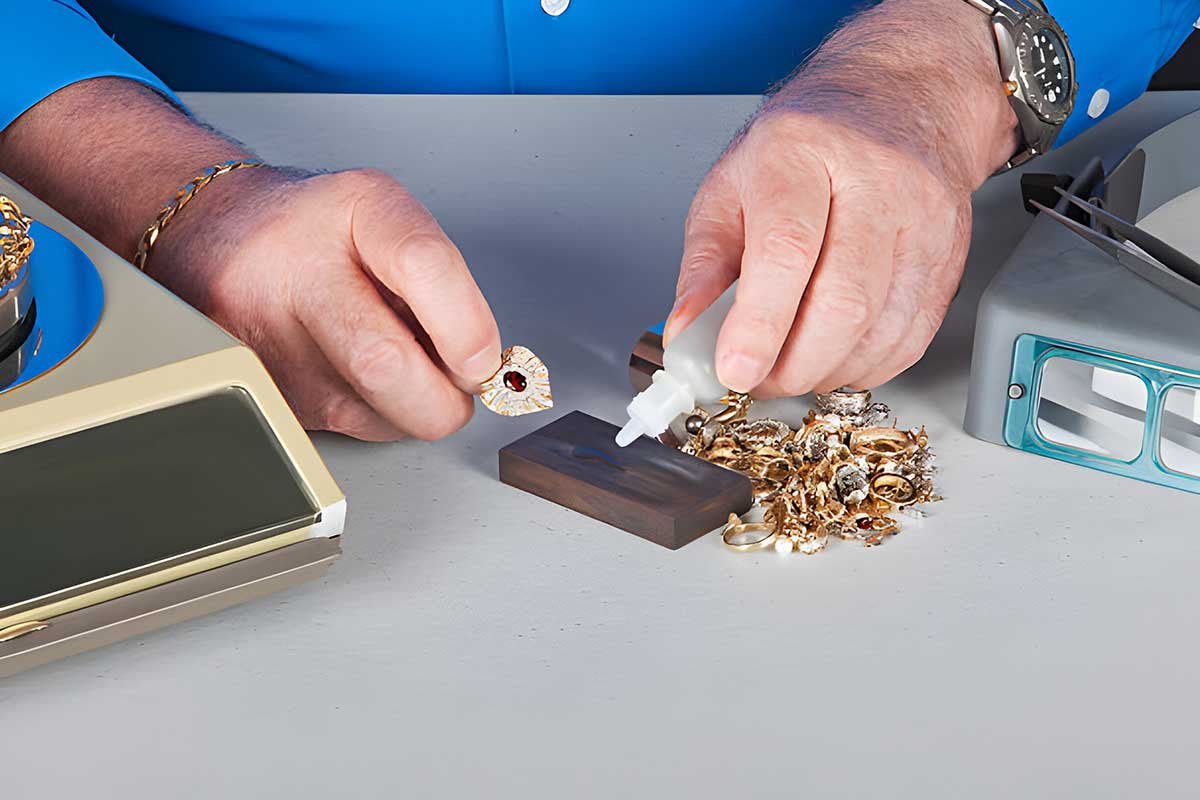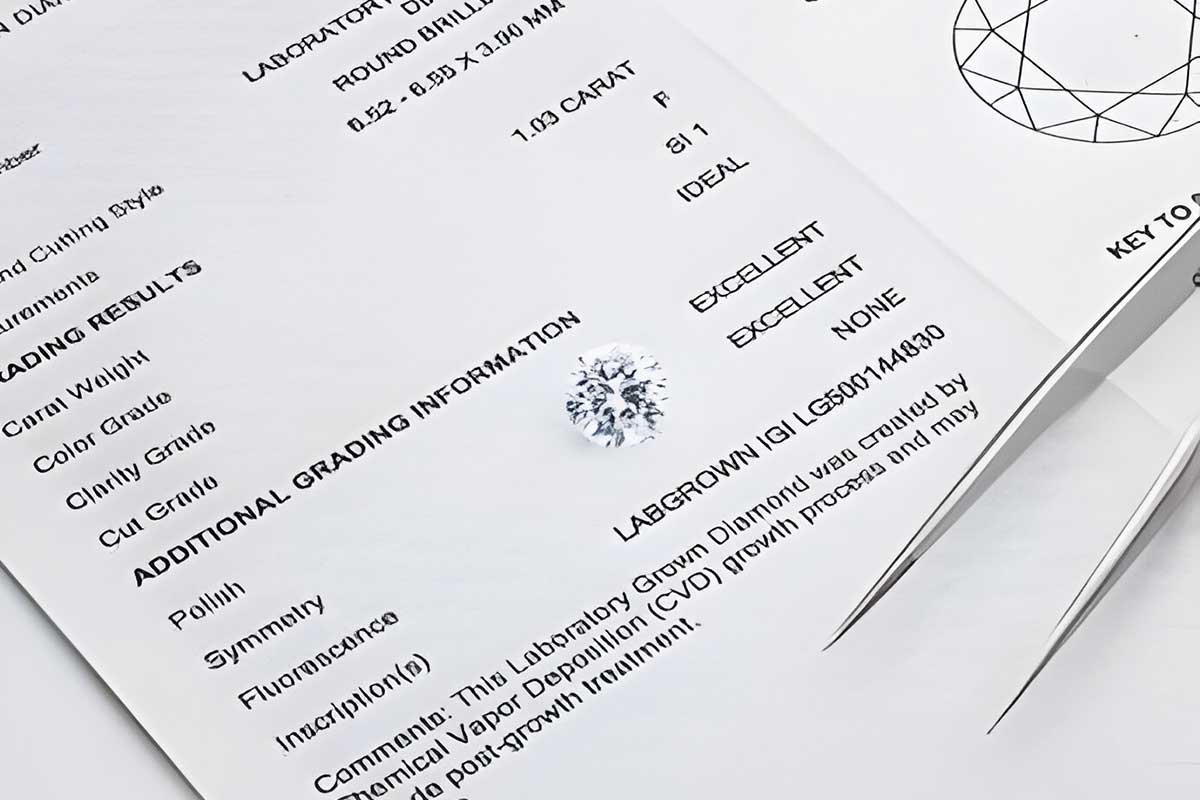What Documentation Do I Need for a Jewelry Appraisal
Jewelry holds more than just monetary value; it often carries sentimental and historical significance. Whether it's a family heirloom passed down through generations or a recent acquisition, understanding the worth of your jewelry is essential. One crucial aspect of this understanding is obtaining a professional jewelry appraisal. However, the process can seem daunting, especially when it comes to gathering the necessary documentation. In this comprehensive guide, we explore the documentation requirements for various types of jewelry appraisals, from rings and watches to diamonds, gold, gemstones, and vintage or antique pieces.
Why Documentation Matters
Before diving into the specific documentation needed for jewelry appraisals, it's essential to understand why this paperwork is crucial. Documentation serves several purposes, including:
1. Verification of Ownership: Proof of ownership is fundamental for establishing the legitimacy of your jewelry items. Documentation such as receipts, certificates, or purchase invoices can verify your ownership of the pieces being appraised.
2. Provenance and History: Historical context and provenance can significantly impact the value of jewelry, especially vintage or antique pieces. Documentation that provides information about the item's history, previous owners, or any notable events can enhance its value and authenticity.
3. Quality and Specifications: Detailed documentation helps appraisers assess the quality and specifications of your jewelry accurately. This includes information about the materials used (e.g., metal purity, gemstone type, weight, and quality), as well as any unique features or design elements.
4. Insurance Purposes: Insurance companies often require detailed documentation for jewelry appraisals to determine coverage amounts and premiums accurately. Proper documentation ensures that your jewelry is adequately insured against loss, theft, or damage.
Written Documentation Appraisal: What You Need to Know about It
Written jewelry appraisals play a pivotal role in accurately documenting the value, characteristics, and condition of jewelry pieces. These comprehensive documents provide a detailed description of the item, covering crucial aspects such as gemstone quality, metal purity, craftsmanship, and any unique features that contribute to its value.
One of the primary purposes of a written jewelry appraisal is to facilitate insurance coverage. Insurance companies typically require a detailed appraisal to determine the replacement value of a piece in the event of loss, theft, or damage. Without an accurate appraisal, it may be challenging to obtain the appropriate coverage, potentially leaving the owner underinsured.
Furthermore, written jewelry appraisals are essential for estate planning. When creating a will or trust, it's crucial to have an accurate assessment of the value of jewelry assets to ensure equitable distribution among heirs. A comprehensive jewelry appraisal can help mitigate disputes and provide clarity regarding the value of the estate's assets.
In addition to insurance and estate planning, written jewelry appraisals are valuable for resale purposes. Whether selling jewelry through a private sale, auction, or consignment, having a documented appraisal can help establish a fair asking price and provide prospective buyers with confidence in the item's value.
Moreover, written jewelry appraisals serve a critical role in legal matters, such as divorce proceedings, inheritance disputes, or verifying the authenticity of a piece. A certified appraiser's detailed assessment can provide objective evidence to support claims and resolve conflicts related to jewelry ownership and value.
To ensure accuracy and credibility, it's essential to obtain a written appraisal from a certified and experienced jewelry appraiser. Certified appraisers have the expertise and knowledge to accurately assess the value of jewelry based on current market trends, gemological standards, and industry best practices.
Written jewelry appraisals are indispensable documents that serve multiple purposes, including insurance coverage, estate planning, resale, and legal matters. By providing a detailed description and valuation of jewelry pieces, these appraisals offer peace of mind, financial protection, and clarity in matters related to jewelry ownership and value.

Required Documentation for Different Types of Jewelry Appraisals
1. General Documentation
Proof of Ownership: This includes receipts, purchase invoices, certificates of authenticity, or any other documents that establish your ownership of the jewelry item.
Photographs: High-quality photographs of the jewelry from multiple angles are essential for documentation and reference purposes.
2. Ring Appraisal
Ring Specifications: Information about the metal type (e.g., gold, platinum), purity (e.g., karat), gemstone type, quality, and any additional features (e.g., engraving, settings) are necessary.
Certification: If the ring includes certified gemstones (e.g., GIA-certified diamonds), include the relevant certificates.
3. Watch Appraisal
Watch Details: Include the brand, model, serial number, and any unique features or complications.
Service History: Documentation of any maintenance or service history can provide insights into the watch's condition and authenticity.
Original Packaging: If available, include the watch's original box, papers, and warranty documents.
4. Diamond Appraisal
Diamond Certification: GIA (Gemological Institute of America) or other reputable diamond certificates provide detailed information about the diamond's 4Cs (cut, clarity, color, carat weight) and other characteristics.
Diamond Grading Reports: Any additional grading reports or documentation from reputable gemological laboratories can supplement the diamond's certification.
5. Gold Appraisal
Gold Purity and Weight: Documentation of the gold's purity (e.g., 24k, 18k) and weight (in grams or ounces) is essential.
Hallmarks: Include any hallmarks or stamps indicating the gold's authenticity and purity.
6. Gemstone Appraisal
Gemstone Certification: Certificates from reputable gemological laboratories provide information about the gemstone's type, quality, and characteristics.
Identification Documents: If the gemstone is rare or valuable, additional identification documents may be required to verify its authenticity.
7. Vintage and Antique Appraisal
Provenance and History: Documentation that provides information about the item's age, previous owners, historical significance, or any relevant anecdotes enhances its value.
Authenticity Certificates: If available, include any certificates of authenticity or appraisal reports from reputable antique experts or organizations.

Conclusion
Navigating the documentation requirements for jewelry appraisals is akin to embarking on a journey through a maze of paperwork, but it's a journey worth undertaking. This meticulous process is not merely a bureaucratic hurdle; it is a critical step in safeguarding your valuable assets and ensuring that their true worth is accurately recognized.
By diligently gathering the necessary paperwork, you equip appraisers with the essential tools they need to conduct a thorough assessment of your jewelry. The documentation serves as a roadmap, guiding them through the intricate details and nuances of each piece, ultimately leading to a precise valuation.
Proof of ownership stands as the cornerstone of this documentation journey. Just as a ship needs a captain to navigate the seas, your jewelry appraisal requires concrete evidence of ownership. Receipts, purchase invoices, or certificates of authenticity serve as the captain's log, providing indisputable evidence that the jewelry in question rightfully belongs to you.
But ownership alone is not enough to unlock the full potential of your jewelry's appraisal. Detailed specifications are the compass that points appraisers in the right direction. From the karat purity of gold to the clarity of diamonds, from the brand and model of watches to the intricate settings of rings, every specification plays a crucial role in determining the jewelry's value.
Certification documents act as the guiding stars in this documentation constellation. For diamonds, reputable certificates from institutions like the Gemological Institute of America (GIA) shed light on the stone's 4Cs: cut, clarity, color, and carat weight. Similarly, gemstone certificates provide vital information about the type, quality, and authenticity of the gemstones adorning your jewelry.
Yet, the journey doesn't end with technical specifications and certificates. Like a historian uncovering the secrets of the past, appraisers seek historical information to enrich their understanding of your jewelry's story. Provenance, previous owners, historical significance, and any anecdotes associated with the piece all contribute to its value and allure.
Why undertake this arduous journey through the documentation maze? Because proper documentation is the key to unlocking a world of possibilities for your jewelry. Whether you're seeking insurance coverage to shield your treasures from unforeseen perils, planning to sell them to eager collectors, or simply preserving them as family heirlooms for future generations, proper documentation lays the foundation for success.
In the realm of insurance, accurate valuations based on thorough documentation ensure that your jewelry is adequately covered against loss, theft, or damage. When selling your jewelry, comprehensive documentation enhances transparency and instills confidence in potential buyers, ultimately leading to fair transactions. And for family heirlooms, proper documentation preserves their legacy, ensuring that their significance endures for generations to come.
In conclusion, navigating the documentation requirements for jewelry appraisals may seem like a daunting task, but it's a journey well worth undertaking. By gathering the necessary paperwork and providing appraisers with the tools they need, you ensure that your jewelry is valued accurately and protected appropriately. So, embark on this journey with confidence, knowing that proper documentation is the key to unlocking the true worth of your precious assets.
